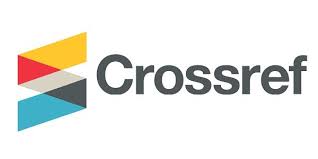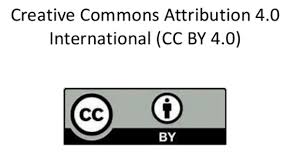Unlocking the nutritional secrets of Bangladesh's three popular chicken genotypes: A comprehensive analysis of proximate composition, fatty acid profile and mineral content of meat
DOI:
https://doi.org/10.47440/jafe.2025.6203Keywords:
Chicken genotype, Meat, Nutritional properties, Biochemical properties and Food safetyAbstract
Poultry provides protein and nutrients for health and food security. This research examined the proximate composition, fatty acids, and minerals in meat from Bangladeshi broiler, layer, and Sonali chickens. Birds were reared on commercial farms where conditions were carefully controlled and massacred at their usual market ages. Significant differences were observed in the biochemical properties, fatty acid, and mineral content of breast and thigh meat, regardless of chicken type. Layer and Sonali chicken breast had higher protein and lower lipids than broiler. In terms of nutritional properties, Sonali breast meat contained notably higher proportions of UFA (72.51%) and a lower amount of SFA (26.99%) than the other two breeds. Additionally, Sonali exhibited significantly higher proportions of DFA, EFA, PUFA/SFA ratios and (18:0 + 18:1)/16:0 ratios. Moreover, among all breeds, layer chickens exhibited the highest levels of potassium. The breast meat of broilers and the thigh meat of layers contained the highest amounts of calcium, at 44.12 and 53.09 mg/100 g, respectively. Sonali breast meat and layer thigh meat had lower sodium levels at 56.08 and 59.75 mg/100 g, respectively. Sonali chicken breast and broiler thigh contained high magnesium (76.04 and 73.39 mg/100 g). In summary, Sonali chicken meat has special qualities and is better than regular broilers and layers. Layers are rich in potassium and calcium, while broilers have higher magnesium. So, Sonali chicken is more nutritious and safer to eat.






 Publisher:
Publisher: 